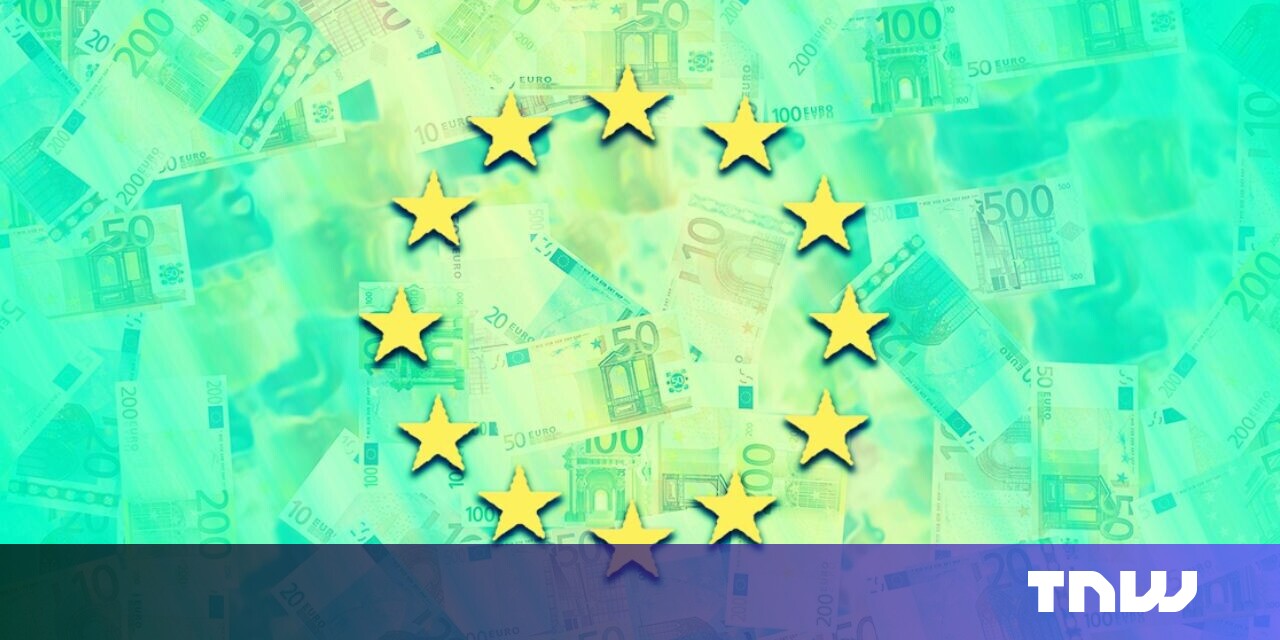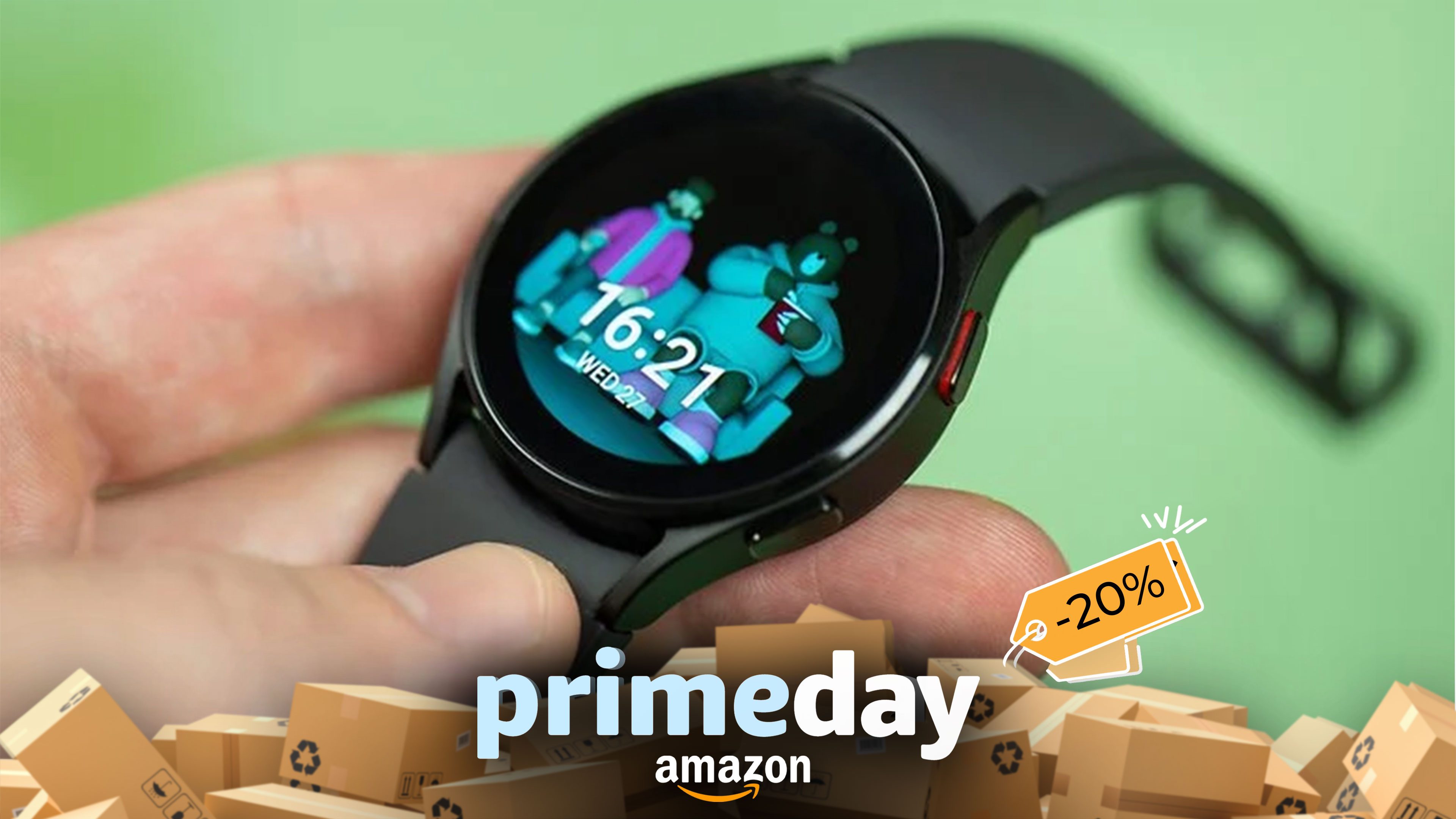

Prime Day is a great time to score some serious deals, if you play your cards right. Rather than just hit up the Amazon homepage hoping for a deal, use these tips to maximize your savings.
Grab a Cheap Prime Subscription
If you don’t already have one, there is no time like the present to pick up a cheap Amazon Prime subscription for Prime Day. Many choice Prime Day deals are early access for Prime subscribers or only available for Prime subscribers. And for Prime Day 2023, Amazon introduced invite-only deals which require you to be a Prime subscriber for access.
If you’re already a Prime subscriber you’re set—and now is a perfect time to review all the other benefits you get with your Prime membership.
Check Out Curated Deal Lists
The number of things that go on sale during Prime Day is staggering. Even looking at the Amazon homepage during Prime Day and dipping into the deals pages really doesn’t convey the scope of the sale. We’ve been covering Prime Day for years with insider access to sales data, and we assure you that every year there are more than 100,000 items on sale.
We pore over that data to pluck out the real deals while ignoring the random junk on the list, like the three-hundredth pair of discounted no-name earbuds. Then we gather up all the deals into a comprehensive list of Prime Day deals for you, as well as news coverage over the course of Prime Day.
It’s a labor of love, we’ll tell you that much. We stare into the abyss of spreadsheets with hundreds of thousands of entries so you don’t have to spend hours comparing prices and hunting for deals in the wilderness of Amazon’s Prime Day Deals page.
Avoid Prime Day Scammers
Scammers hustle every day of the year to separate you from your hard-earned money, but they especially hustle on shopping-feeding frenzy days like Prime Day.
Because people are primed and ready to buy on Prime Day (and afraid to miss out on the rapidly expiring and sure-to-sell-out deals), they’re more likely to buy now and investigate later. And the scammers take full advantage of that to create fake or inflated listings and cash in.
Aim only to buy products that are fulfilled by Amazon and/or from an established and trusted company like Anker, Withings, and so on. Despite the great prices on Prime Day, remember the golden rule of avoiding scams: if it seems too good to be true, then it’s too good to be true. You might score a recent model iPad for $100 off, but you’re certainly not going to score a recent model iPad for $100.
Always Check Product Price Histories
Whether it’s Prime Day or not, you should always regard Amazon’s discounts and sale prices with suspicion, just like you would discount at any brick-and-mortar store.
Amazon, like nearly every other retailer, relies on a concept called “price anchoring.” In short, price anchoring is a psychological trick wherein a retailer “anchors” your perception of the value of an item to a given price tag so that any discount they offer you seems, relative to that anchor, to be an even better value.
For example, a popular Bluetooth speaker has an MSRP of $299, and Amazon has it on sale for $99. Amazon will happily tell you that it’s 66% off. If you let your mind anchor onto that $299 price point, you feel like you’re getting a better deal than you are.
What they won’t tell you is that next to nobody sells the speaker for the MSRP of $299 and that the regular price on Amazon is consistently $149. That’s still fifty bucks off, but it’s certainly not 66% off the regular price. The real anchor should be $149, not $299.
In that example, at least you’re still saving money, but if they were selling it at $149 (the regular, consistent discount off the MSRP) and billing it as 50% off for Prime Day, that’s not a real discount. That’s the everyday price with “Prime Day” stickered over the top.
To avoid that problem, always check the price history of an Amazon product—especially for more expensive items. And if you find the item has a price history that’s only a few days old, it’s worth poking around to see if the item’s listing was created just for Prime Day. Older and similar listings for the product will give you a complete picture of the real price history.
Shop Your Order and Browsing History
Hands down, this is my favorite Prime Day tip and one that I use every year without fail. Overwhelmed by the sheer number of Prime Day sales but still want to save a buck or two? Start by shopping your order history and your product browsing history.
Seriously, it’s a slam-dunk way to save money. When you browse your order history, you can easily check if the things you bought and liked are on sale. This is a great way to save money on supplements, filters, teas, and all manner of consumable goods that you would have bought again anyway at some point in the future. It’s also a great way to buy gifts. The last time Anker’s compact 511 20W went on a deep sale, for example, I bought a pile of them to use as stocking stuffers.
You can do the same with your product viewing history, too. But in this case, instead of shopping for things you already bought and want to buy again, you can look for the things you browsed over the last few weeks or months and didn’t buy but may now be on sale. Maybe $50 was too much for that rapid charger you looked at last month, but $28 is just right.
Skip Whitebox and No-Name Products
For every brand name you’ll find on Amazon, like Anker, Lenovo, Dell, and so on, you’ll find hundreds of companies you’ve never heard of. For every Samsung or Apple charger, there is page after page of results for companies like “UnioiTechPower” or “GuugieCharge.”
Whether you use the term “white box” or just think of them as products from no-name companies you’ve never heard of, it’s probably wise to skip over them if you’re looking to save on Prime Day. Unlike established listings from well-known companies, you’ll often find the price history is missing—the companies that sell all these white box products make listings hand over fist to game prices and reviews.
We’re not saying we’ve never ever bought something from a company like “CableJoyInc,” but as a general rule, if you’re looking for quality and discounts that aren’t artificially juiced to lure you in, stick with name brands.
Take Advantage of Amazon Day
Finally, here’s a tip that’s less about saving and more about helping manage packaging clutter on Prime Day and every other day of the year, too: take advantage of Amazon Day.
Not to be confused with Amazon Prime Day, Amazon Day is a shipping option you can select within your Amazon account during checkout that groups all your packages on the day of the week you specify.
Not only does that cut down on the trips to your home (and the number of days you have to watch out for packages), but it also cuts down on the number of boxes. Amazon won’t guarantee everything comes in a single box or even two, but using Amazon Day will lead to a more unified shipment fulfillment with more products coming from the same warehouse and ending up in the same box.
It might not seem like that big of a deal if you’ve never used it before, but if you’re an Amazon power shopper, you’ll quickly marvel at how empty your recycle bin is at the end of the week.






